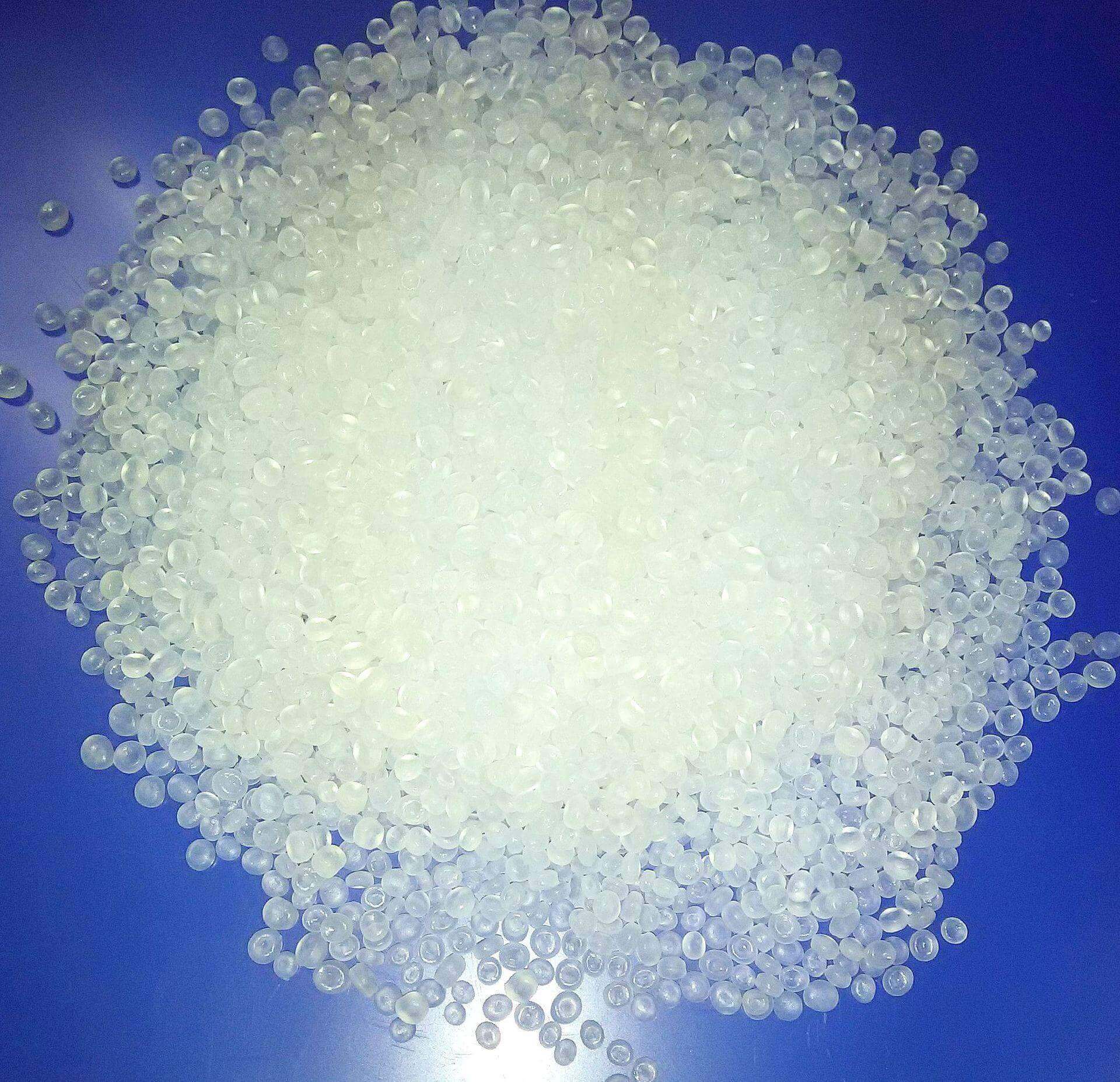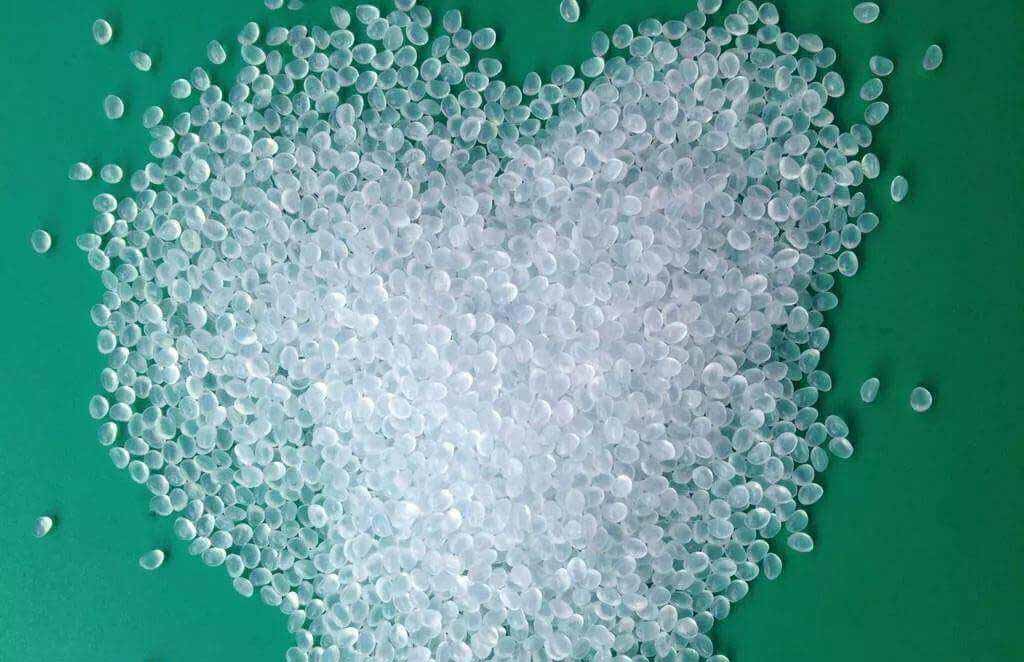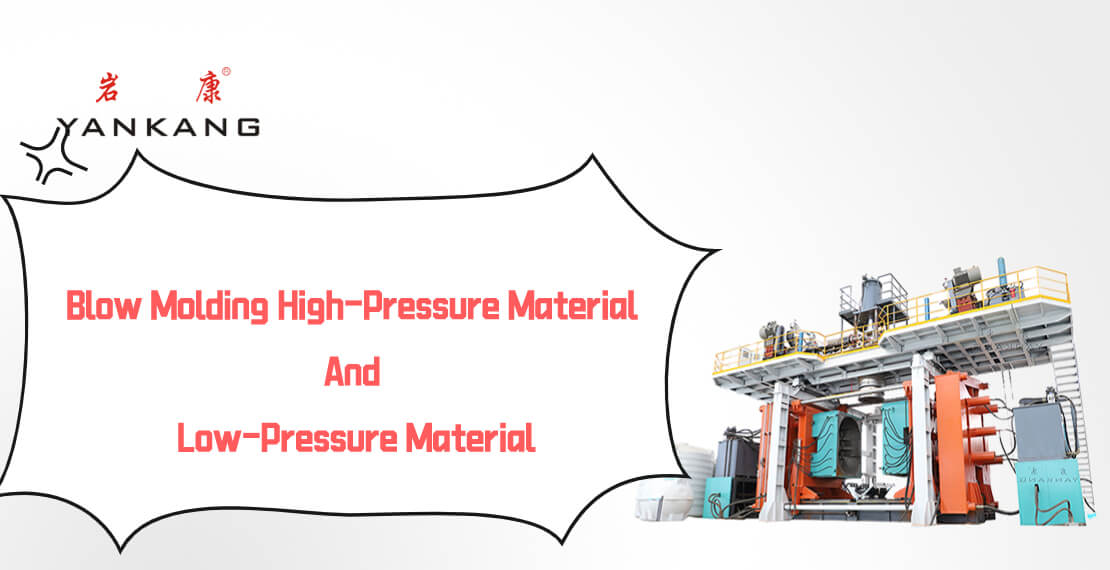Everyone knows that there are high-pressure and low-pressure plastics for blow molding. Today we are going to talk about the difference between blow molding high-pressure material and low-pressure material.
 The first is that the properties of the raw materials are different. High-pressure polyethylene refers to a polyethylene plastic raw material made by a high-pressure production process, with a density of 0.91 to 0.94 g/cubic centimeter, called low-density polyethylene, and the abbreviation LDPE. High-pressure polyethylene is a typical thermoplastic, a flammable white powder that is odorless, tasteless, and non-toxic. The molded PE resin is waxy pellets that are extruded and pelletized, and the appearance is milky white.
The first is that the properties of the raw materials are different. High-pressure polyethylene refers to a polyethylene plastic raw material made by a high-pressure production process, with a density of 0.91 to 0.94 g/cubic centimeter, called low-density polyethylene, and the abbreviation LDPE. High-pressure polyethylene is a typical thermoplastic, a flammable white powder that is odorless, tasteless, and non-toxic. The molded PE resin is waxy pellets that are extruded and pelletized, and the appearance is milky white.
Under the action of the atmosphere, sunlight, and oxygen, polyethylene will age, discolor, crack, become brittle or pulverize, and lose its mechanical properties. At the molding processing temperature, due to oxidation, the melt viscosity will decrease, discoloration and streaks will occur. Therefore, attention should be paid to the molding processing and use process or material selection. Because polyethylene has the above characteristics and is easy to process and shape, the recycling of polyethylene has far-reaching value.
 Low-pressure polyethylene refers to polyethylene made under relatively low pressure, with a density of 0.941-0.967 g/cm3; it is called high-density polyethylene, the English abbreviation HDPE. LLDPE refers to linear low-density polyethylene, the density is similar to low-density polyethylene. mPE refers to metallocene polyethylene, which is polyethylene made with metallocene as a catalyst, with a density of 0.865 to 0.935 g/cm3. Both LLDPE and mPE are new types of polyethylene, which do not belong to the scope of high-pressure polyethylene.
Low-pressure polyethylene refers to polyethylene made under relatively low pressure, with a density of 0.941-0.967 g/cm3; it is called high-density polyethylene, the English abbreviation HDPE. LLDPE refers to linear low-density polyethylene, the density is similar to low-density polyethylene. mPE refers to metallocene polyethylene, which is polyethylene made with metallocene as a catalyst, with a density of 0.865 to 0.935 g/cm3. Both LLDPE and mPE are new types of polyethylene, which do not belong to the scope of high-pressure polyethylene.
The second is the difference in appearance. The appearance of the high-pressure material appears to have a certain degree of gloss, and the hand feels soft and smooth; the appearance of the low-pressure material does not appear to have gloss, and the hand feels slightly rough. Feel different. The sound of high-pressure material is soft when kneaded, and the sound is very small; the extension is large, the toughness is better, and the transparency is higher; the low-pressure material is kneaded, the sound is higher, the material is pressed, and the pulling force is very good.
The third is different uses. High-pressure materials are mainly used to make high-end portable plastic bags, such as lining bags for packing boxes, dust covers for instruments and meters, and fresh-keeping film sold in supermarkets; low-pressure materials are mainly used to make supermarket shopping bags, vegetable market shopping bags, etc.
The fourth stretching phenomenon is different. The low-pressure material plastic bag will show white marks when pulled by hand; the high-pressure material has no white marks.
The fifth price is different. Many characteristics of high-pressure plastic bags are better than low-pressure plastic bags, but because of their softness, the thickness of high-pressure plastic bags is lower. The pressure plastic bags are much larger and require more materials, so the price is higher. Therefore, high-pressure plastic bags are generally It is considered a high-end packaging bag.
The above content is the difference between blow molding high-pressure material and low-pressure material.

